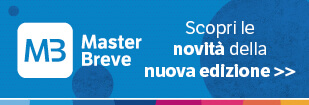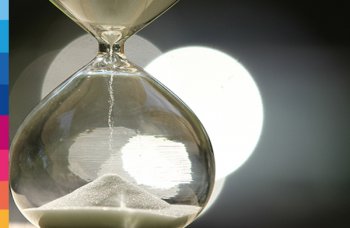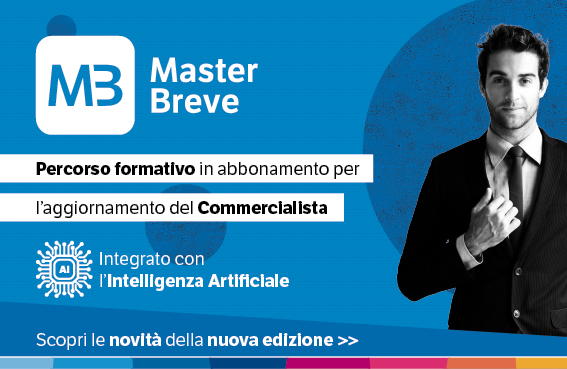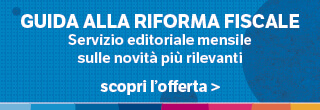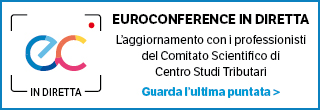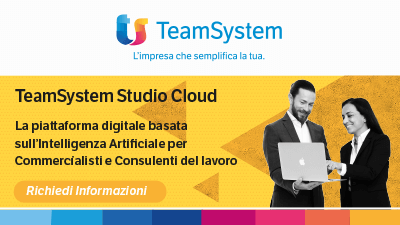The cash flow statement
di Enrico ZappaJustin Rainey
Exercise 1. For questions 1 to 10, read the text and decide which answer, A, B or C, best fits each gap. An example (0) has been done for you
The Cash Flow Statement[1]
The cash flow statement shows a (0) summary of the cash flows in and out of a company during a period, identifying (1) _______ the company got its money from and what it has spent it on. The cash flows are shown functionally and are grouped into cash flows from:
- trading: called ‘cash flows from operating activities’;
- interest and dividends: called ‘called cash flows from returns on investment and servicing of finance’;
- tax: called ‘cash flows from taxation’;
- buying and selling fixed assets: called ‘cash flows from investing activities’.
These cash flows are totalled, identifying (2) ________ the company has generated a surplus or a deficit. This cash flow is called ‘cash flows before financing’. (3) _______ identifed whether the company is living within its means, the statement then identifies where the company has applied the surplus or, (4) _______, how it has funded the deficit.
This is classified as:
- long-term funds (shares and long-term loans): called ‘cash flows from financing’;
- short-term funds (short-term deposits and borrowings): called ‘cash and cash equivalents’.
The cash flow statement starts by looking (5) ________ the cash flows from operating activities. There are two different ways that this (6) _______ be shown on the statement: the direct method and the indirect method. They only differ in the way they identify the operating cash flow. The direct method shows the cash receipts and payments, (7) _______ the indirect method reconciles the operating profit to the operating cash flow. All companies must show the reconciliation to the operating profit in the notes to the accounts.
The Direct Method
CASH FLOW FROM OPERATING ACTIVITIES
£ 000
Cash received from customers 910
Cash paid to customers (530)
Cash paid to, and on behalf of, employees (200)
Other cash paid (100)
Net cash inflow from operating activities 80
The Indirect Method
If the company uses the direct method (8) ______ calculate operating cash flow, it will still have to show the reconciliation to operating profit – the indirect method. This starts with the operating profit and then adds back any paper charges (primarily depreciation) that have (9) ________ made in arriving at the profit to show that cash will be generated from the period’s trading. This is then adjusted for any changes in the working capital to arrive at the cash that has been generated from operations during the year:
CASH FLOW FROM OPERATING ACTIVITIES
£000
Operating profit 10
Depreciation 40
Less: Increase in debtors (90)
Plus: Decrease in stocks 50
Increase in creditors 70
Net cash inflow from operating activities 80
In the above example, the company will generate £50,000 (£10,000 + £40,000) from the year’s sales but has managed to generate £80,000 during the year – the balance coming from the working capital. (10) _______ debtors have increased, this has been more than offset by the reduction in stock and the increase in creditors.
Adapted from ‘The Financial Times Guide to Using and Interpreting Company Accounts’, Wendy McKenzie.
- A. conclusion B. story C. summary
- A. when B. why C. how
- A. why B. whether C. how
- A. Having B. Been C. To have
- A. simultaneously B. naturally C. alternatively
- A. for B. at C. over
- A. is B. has C. can
- A. whereas B. however C. despite
- A for B. to C. in
- A. be B. been C. being
- A. Despite B. However C. Although
Exercise 2. What is the difference between the Direct Method and the Indirect Method?
Exercise 3. Find these sentences in the text. What do the words in bold refer back to?
a) …the company got its money from and what it has spent it on
b) They only differ in the way they identify the operating cash flow
c) This starts with the operating profit…
Answers
1.
1) A; 2) B; 3)A; 4) C; 5) B; 6) C; 7) A; 8) B; 9)B; 10) C.
- The direct method shows cash receipts and payments; the indirect method reconciles operating profit to operating cash flow.
3. a) money b) the direct and indirect methods c) the indirect method
[1] rendiconto finanziario

